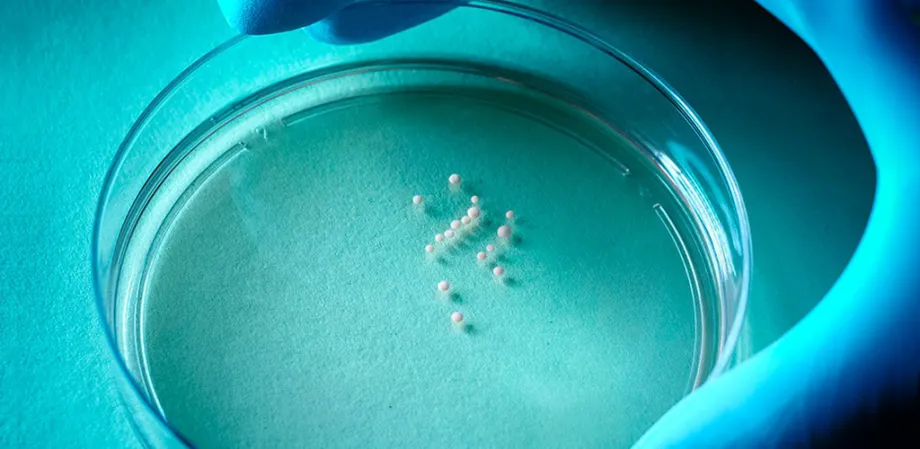
Paşca Lab, Stanford University: Human brain organoids in cell culture dishes.
January 24, 2020 - by Simon Makin in Scientific American
Knowing how the human brain develops is critical to understanding how things can go awry in neurodevelopmental disorders, from intellectual disability and epilepsy to schizophrenia and autism. But between the fact that researchers cannot poke around inside growing human brains and the inadequacies of animal models, scientists currently do not fully understand the process. “We know a bit about the early stages because [the situation is] very similar to what happens in rodents,” says psychiatrist Sergiu Paca of Stanford University. “But everything beyond the second trimester [of pregnancy] and soon after birth is poorly understood.”





